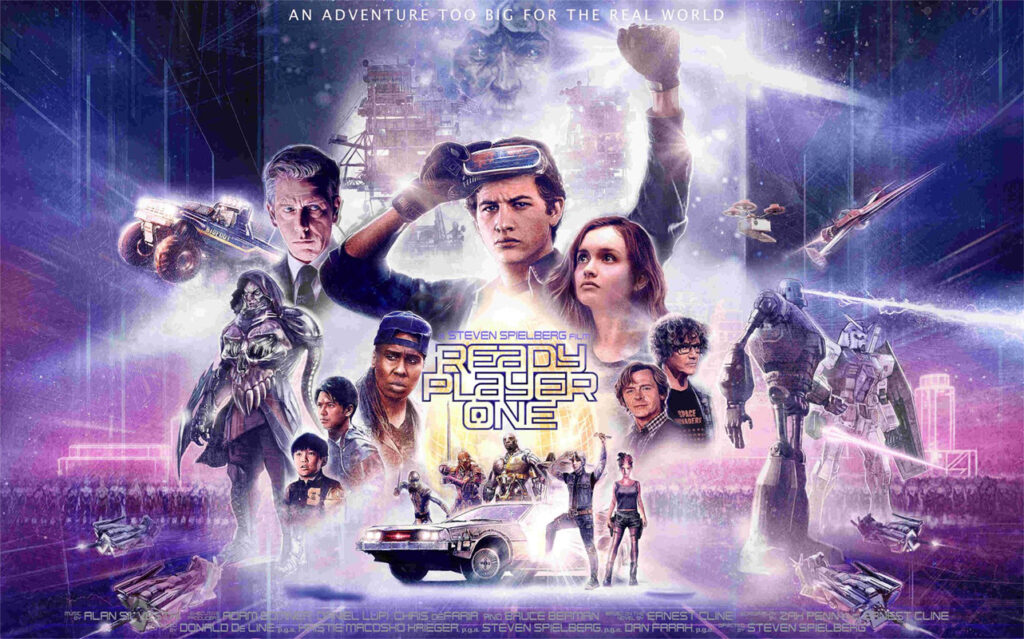
Everyone is talking about the Metaverse. But what is it?
You can get a good impression of the idea of a Metaverse by watching the film “Ready Player One” by Steven Spielberg. Running on Netflix right now, if I’m not mistaken.
The movie (from 2018) is set about 10 years in the future and depicts a scenario in which more or less all of humanity spends much of its time in a virtual world. In this world, which is perceived very realistically through VR glasses, each participant, or let’s call them “players” or users, has an avatar that looks mostly human-like.
For the few among us who remember Second Life, which launched back in 2003 and was big in the media between 2005 and 2006. You won’t believe it, but Second Life is still around, and according to its own data, it had over 21 million user accounts in 2010, with an active userbase of about 600,000 in 2013. BUT: interesting fact: in 2016 users got paid $60 mio USD and Second Life’s GDP was USD $500 mio, higher than some small countries, and that with only 600,000 active “citizens”!
Parent Alert: If you have kids between the ages of 10 and 15, you know how much money kids spend on skins and Battle Passes in games like Fortnite, Valorant or Clash Royal, games with up to 100 mio players, where users spend on average 10-20,- per month! A pretty attractive business model I would think.

What can we learn from it?
The Metaverse is not a single virtual world or a single online game. In the future, we will refer to all games, social media and worlds together as the Metaverse, in which groups of people stay regularly or irregularly often and for a long time. Many will be connected and avatars, names and items can be “used” and thus shown in multiple games or worlds. Jewelry, cars, outfits you buy for real money. Of course, you also buy all sorts of things (not just equipment) for “real” life within the worlds. A huge marketplace with gigantic sales potential.
Not to forget collectibles, which you will buy, like almost everything else, in the form of NFTs and pay for with cryptocurrencies. This clearly documents ownership and also makes resale very easy. The good thing: the creator gets royalties on every trade. Very exciting what is coming here in the next 10 years, and we are already at the beginning of this fantastic development.
Oh well, dreamers, promoters, rebels, thinkers, persisters and harmonizers: they will all find their places. Places with extreme action (for promoters) or feel-good oases for meditation and relaxation (harmonizers). Parties, sports competitions, shows (rebels), places of retreat and solitude, also places to read books (dreamers). Places with tradition and culture (persisters) and of course places with extreme order, structure and system (thinkers).
Every personality type will find the perfect places for them and stay there, whether with VR glasses on their heads or augmented in real life, or of course still on the screen.
